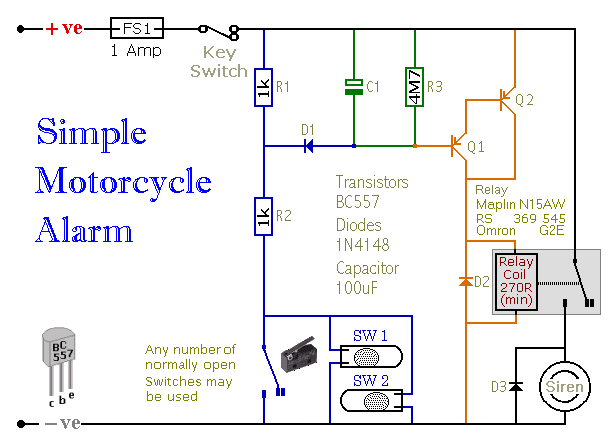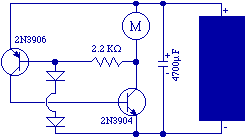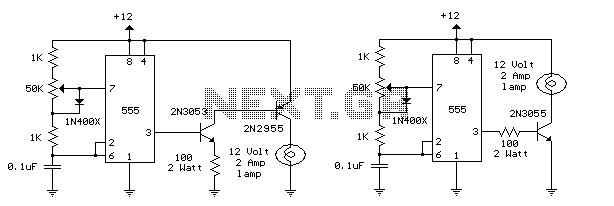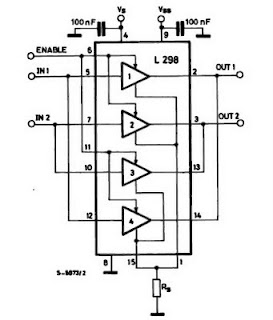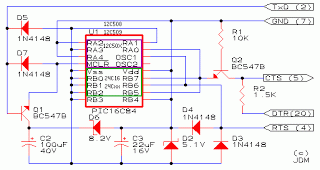
Stepper Motor ControllerCircuit Based On The 7404 IC
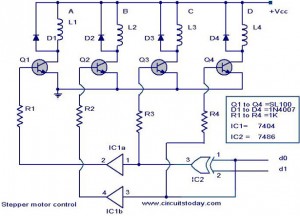
The following circuit illustrates a Stepper Motor Controller Circuit Diagram. This circuit is based on the 7404 IC. Features include a simple stepper motor.
The stepper motor controller circuit utilizing the 7404 IC is designed to drive a stepper motor with a straightforward and efficient approach. The 7404 IC, a hex inverter, plays a crucial role in generating the necessary control signals for the stepper motor operation.
In this configuration, the circuit typically includes the following components: the 7404 IC, a power supply, the stepper motor, and additional passive components such as resistors and capacitors for signal conditioning. The power supply provides the required voltage and current to both the 7404 IC and the stepper motor, ensuring reliable operation.
The stepper motor is controlled by sending a sequence of pulses to its windings, which are managed by the output of the 7404 IC. The inverters in the IC convert the input control signals into the appropriate logic levels needed to energize the motor phases in the correct order, allowing for precise control of the motor's position and speed.
Additionally, the circuit can be enhanced with features such as speed control through pulse width modulation (PWM) or the inclusion of a microcontroller for more complex control schemes. Implementing such features can significantly improve the performance and versatility of the stepper motor controller, making it suitable for various applications in robotics, automation, and precision positioning systems.
Overall, this stepper motor controller circuit exemplifies a basic yet effective method of controlling stepper motors using the 7404 IC, showcasing simplicity and functionality in electronic design.The following circuit shows about Stepper Motor Controller Circuit Diagram. This circuit based on the 7404 IC. Features: simple stepper motor . 🔗 External reference
The stepper motor controller circuit utilizing the 7404 IC is designed to drive a stepper motor with a straightforward and efficient approach. The 7404 IC, a hex inverter, plays a crucial role in generating the necessary control signals for the stepper motor operation.
In this configuration, the circuit typically includes the following components: the 7404 IC, a power supply, the stepper motor, and additional passive components such as resistors and capacitors for signal conditioning. The power supply provides the required voltage and current to both the 7404 IC and the stepper motor, ensuring reliable operation.
The stepper motor is controlled by sending a sequence of pulses to its windings, which are managed by the output of the 7404 IC. The inverters in the IC convert the input control signals into the appropriate logic levels needed to energize the motor phases in the correct order, allowing for precise control of the motor's position and speed.
Additionally, the circuit can be enhanced with features such as speed control through pulse width modulation (PWM) or the inclusion of a microcontroller for more complex control schemes. Implementing such features can significantly improve the performance and versatility of the stepper motor controller, making it suitable for various applications in robotics, automation, and precision positioning systems.
Overall, this stepper motor controller circuit exemplifies a basic yet effective method of controlling stepper motors using the 7404 IC, showcasing simplicity and functionality in electronic design.The following circuit shows about Stepper Motor Controller Circuit Diagram. This circuit based on the 7404 IC. Features: simple stepper motor . 🔗 External reference
